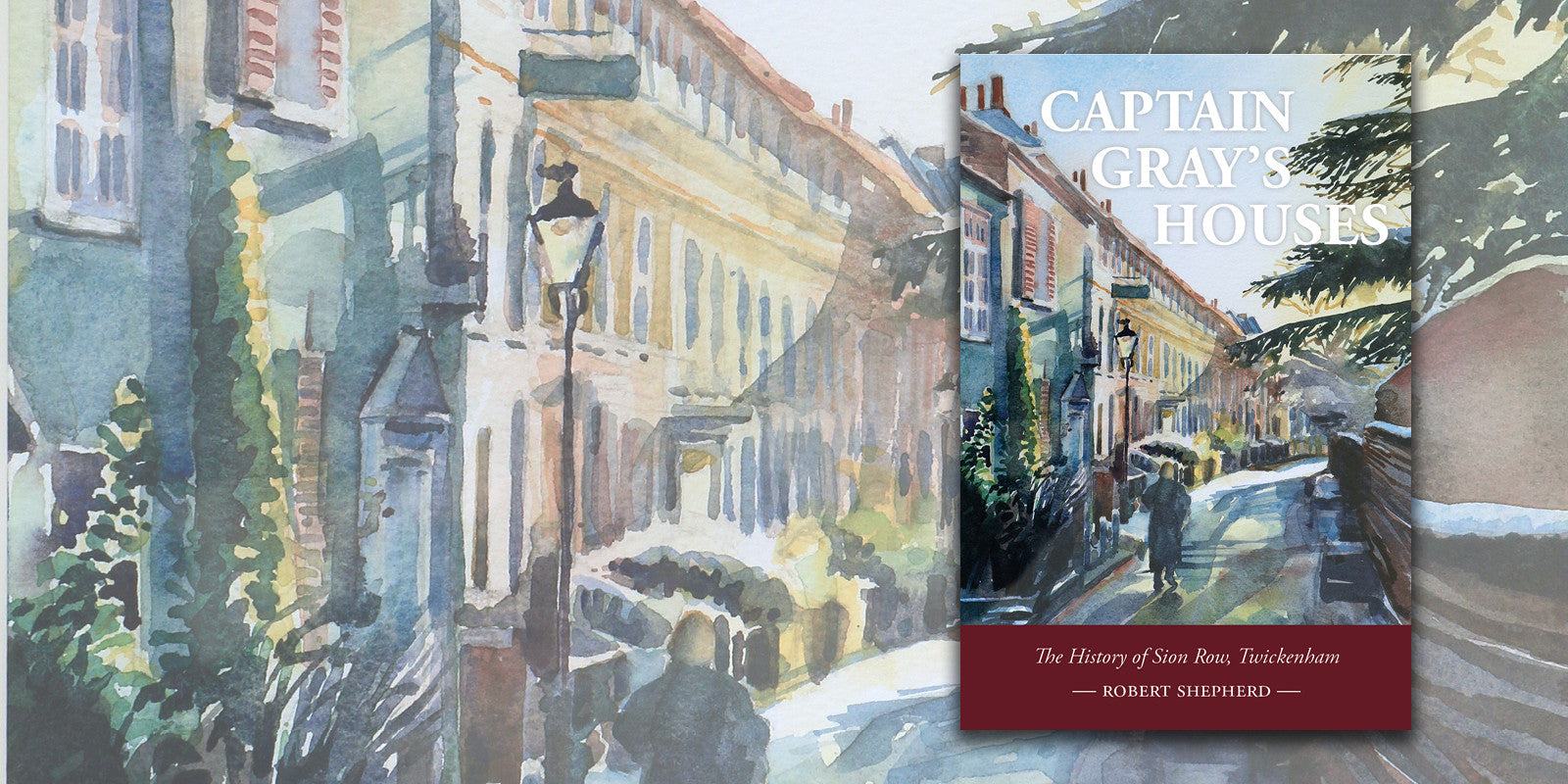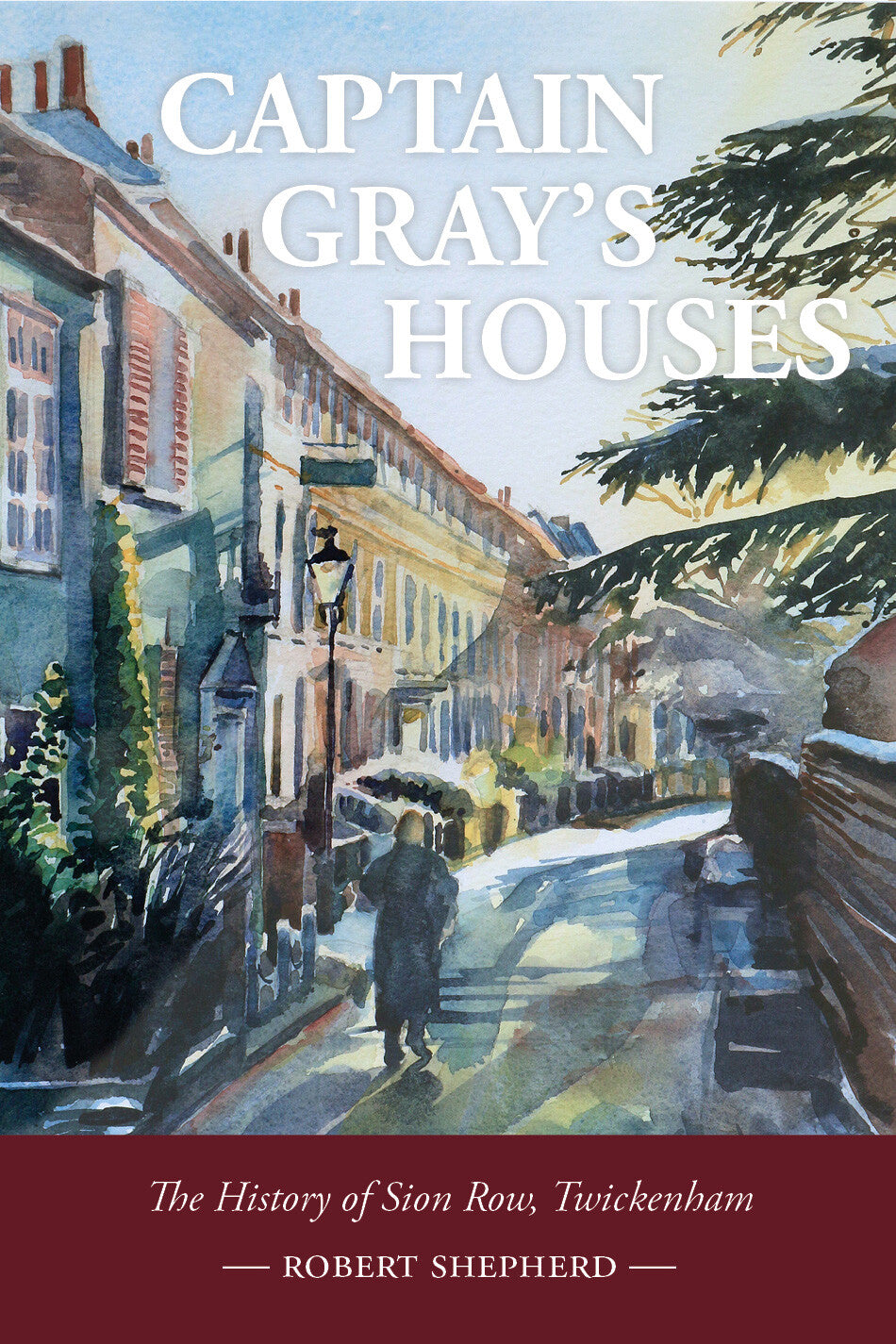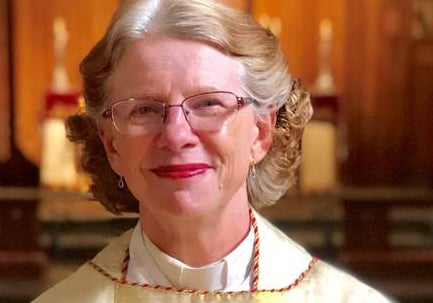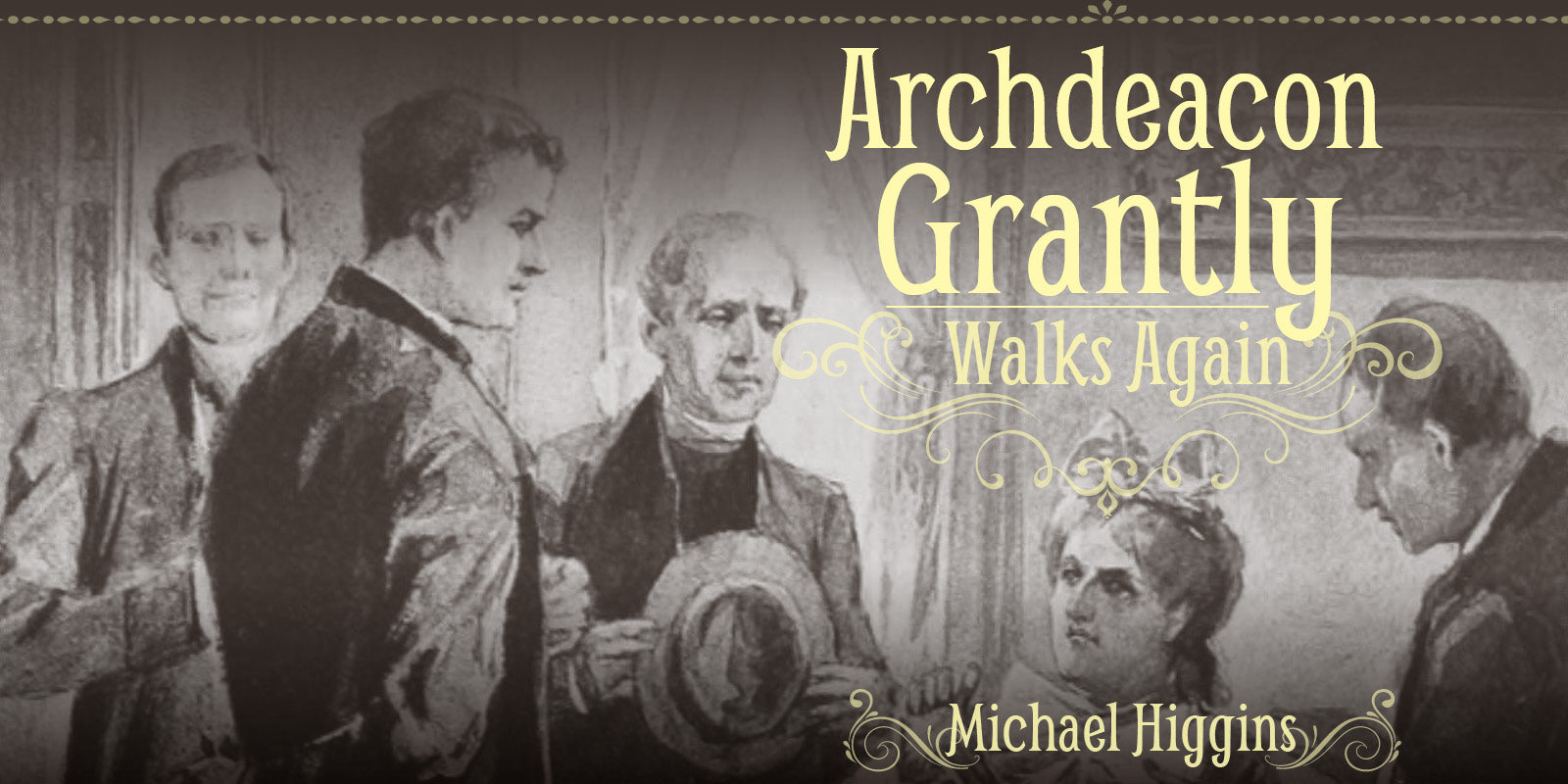GUEST BLOG: When researching a book like Captain Gray’s Houses, all sorts of byways present themselves which, although secondary to the task at hand, are too tempting not to follow… Here, author Robert Shepherd tells the story of John Awsiter, grandson of the eponymous Captain Gray.
John Awsiter was the son of John Awsiter and Sarah Gray, Captain Gray’s daughter by his first marriage. John Awsiter senior and Sarah Gray were married in 1729 in Montpelier Chapel, built three years previously by Captain Gray.
John junior was born in 1732 and in 1748 he was apprenticed at a cost of £100 to an apothecary, Richard Hull, in the City of London. In 1753 he married Ann Maria Hull, the boss’s daughter, at St Margaret’s Westminster. By the early 1760s he was apothecary to the Royal Hospital Greenwich and he published An Essay on the Effects of Opium, one of the earliest papers that identified the dangers of taking the drug. The essay is addressed to the President and Fellows of the Royal College of Physicians and it would seem that John qualified as physician as he later describes himself as such in his will and as M.D. He seems to have inherited some of John Gray’s entrepreneurial spirit, as in 1769 he set up the first baths in Brighton. Shortly before, in 1768, and no doubt with an eye to publicising the baths, he published a paper with the snappy title of Thoughts on Brightelmstone. Concerning sea-bathing and drinking sea-water. With some directions for their use. In it he extols the virtue of Brighton beach and the curative properties of sea bathing and sea water, going so far as to suggest a solution of sea salt in urine as a cure for the bite of a mad dog when applied quickly to the wound after the bite. He also talks of the use of warm sea water and ends by saying that he wishes to see a set of baths erected:
The building to contain these baths must be near the sea on account of the water, I would recommend that the bathing rooms be furnished in a plain but neat taste, and the baths themselves, respecting shape and size, to be nearly similar to those erected by the Duke of Kingston at Bath.
A building whose area is thirty feet, and twelve feet high, will admit of four rooms with a bath in each, a lobby for servants to wait in, with space behind them the whole length of the building, for the copper, the fuel, and cold bath, which must be kept supplied with fresh sea-water pumped out of the sea at half tide. One end of this room may be made also a sweating room, by a proper disposal of the copper flue; there must be a communication, by pipes from the copper to the baths, and a like communication from the reservoir, that the baths by this means, may be attemperated to any degree of heat required…
As built, they were designed by Robert Golden and were fed by water pumped from a pumping station on a groyne that extended 100 feet into the sea—this can be seen in some early prints of the town. They appear to have thrived and the pump house survived until 1829.
It also seems that John interested himself in pigments, as he seems to have supplied Sir William Chambers with colours and advice on how to use them in 1769, followed by a series of lectures to the Society of Artists in 1770 which was sufficiently well received for the Society to make him an honorary member and Professor of Chemistry to the Society.
The Society had been founded in 1760 by the likes of Joshua Reynolds and Francis Hayman but in 1769 there was a major falling out over its leadership between the architects James Paine and Sir William Chambers. Paine won, but the society split and Chambers was instrumental in setting up the Royal Academy of Arts with the patronage of George III, taking Reynolds with him. Awsiter remained with the Society.
He seems to have retired, comfortably provided for if not exceptionally wealthy, to the old family stamping grounds in Southall in the Manor of Hayes, where he died in 1801.
Robert Shepherd is the author of Captain Gray's Houses, a book that tells the fascinating story of the eighteenth-century houses of Sion Row, Twickenham. Through the tale of these houses and their occupants, a remarkable insight into the entire nation's social history is revealed. Get your copy today.











